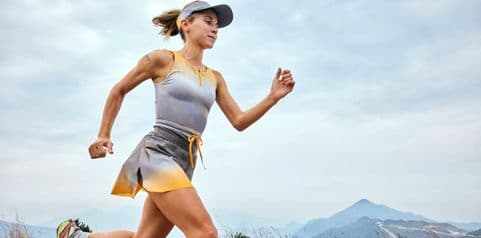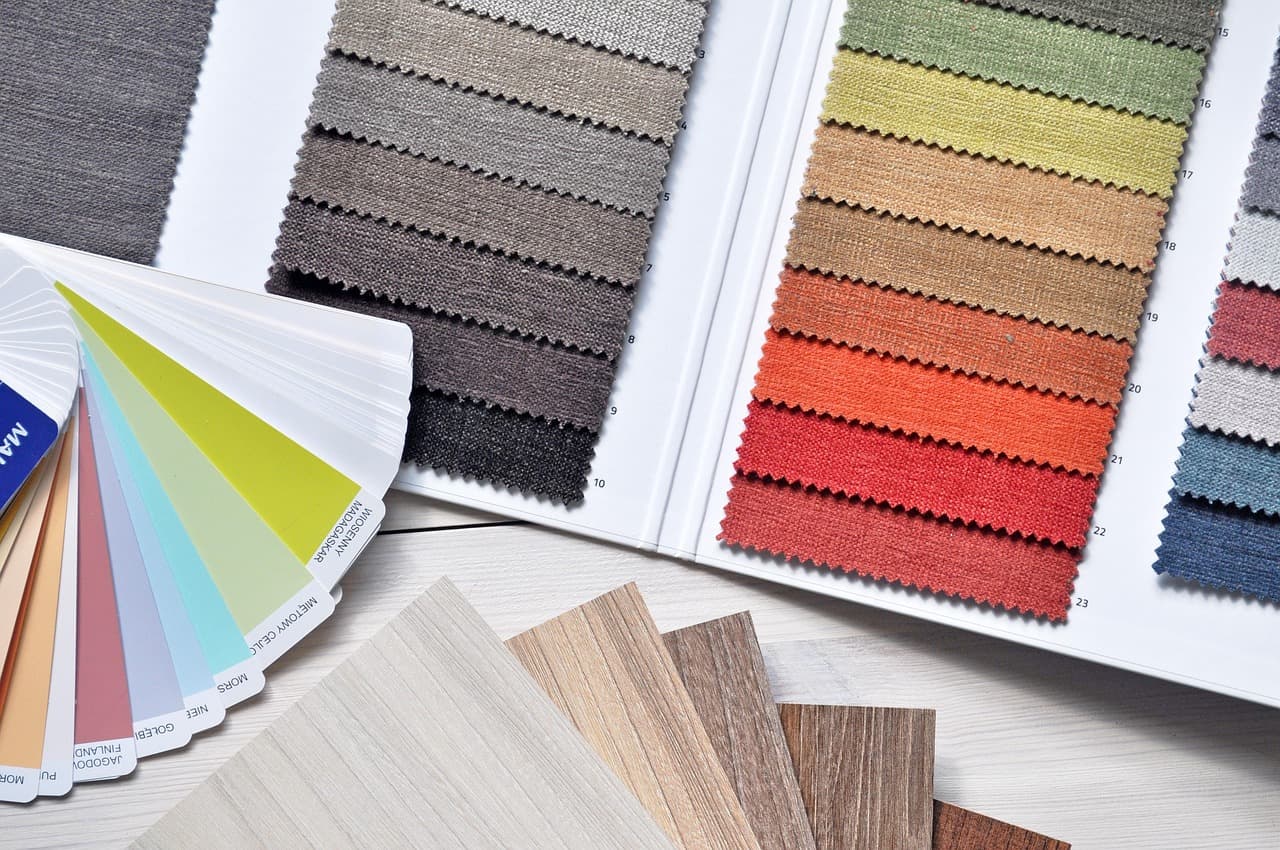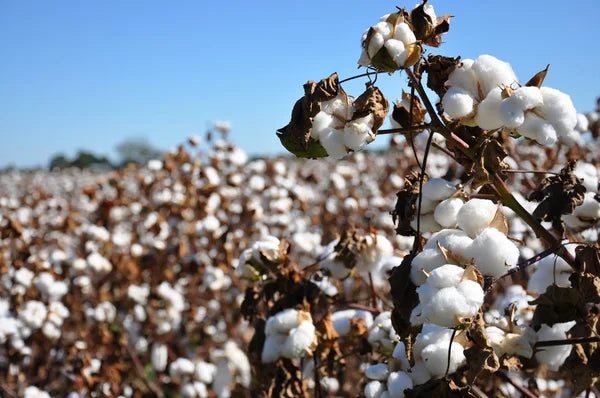Heat Transfer Printing vs Sublimation Printing: In-Depth Exploration of Sportswear Printing Techniques
Confused about identifying printing techniques on garments? Worried suppliers might overcharge due to your unclear requirements?
Understanding the principles, strengths, and limitations of heat transfer and sublimation printing can elevate your apparel production business!
This article explores in two modules: Module 1 explains both techniques and their pros/cons, while Module 2 compares durability, fabric texture, and material compatibility.

Understanding Heat Transfer and Sublimation Printing
Heat Transfer Printing
What Is Heat Transfer Printing?
Heat transfer printing transfers patterns onto material surfaces using heat and pressure. The process requires two transfers:First, print the design onto transfer paper, Use a heat press to transfer the pattern onto a heat transfer film/vinyl, then peel the film off the paper.
Place the film on the garment’s target area. Apply heat and pressure to bond the design, then remove the film.
Pros and Cons
✅ Pros:
Crisp Details: Delivers sharp lines and clean edges, perfect for intricate text and delicate patterns.
Material Flexibility: Works on cotton, polyester, blends, and mixed fabrics.
User-Friendly: Ideal for complex designs, dark garments (with white underbase), small-batch orders, and small logo placements.
Cost-Efficiency: Applicable to most materials with post-production customization flexibility.
❌ Cons:
Stiff Texture: Large prints create a plastic-like layer, reducing fabric breathability.
Limited Wash Durability: Colors fade and details degrade after 30-40 washes, especially light-colored prints on dark fabrics.

Sublimation Printing
What Is Sublimation Printing?
Sublimation printing embeds patterns into fabric fibers through phase transitions,Print designs onto sublimation paper.Apply high heat/pressure to convert solid ink particles into gas that permeates the fabric. Upon cooling, the ink re-solidifies as a permanent part of the material.
Unlike heat transfer, sublimation adds no surface layer—printed areas remain indistinguishable from untreated fabric.
Pros and Cons
✅ Pros:
Vivid, Natural Colors: Accurately replicates gradients and photo-realistic details.
Fabric-Friendly Feel: Prints are seamless to touch, maintaining fabric softness and breathability even after repeated washing.
Streamlined Process: Eliminates traditional plate-making; imprint designs directly from digital files using a heat press.
❌ Cons:
Material Restrictions: Requires polyester-rich fabrics and white/light-colored substrates.
Higher Costs: Requires specialized equipment; small orders are less cost-effective. Pre-printing on fabric rolls is mandatory.
Environmental Concerns: Certain inks/transfer papers may generate pollutants during production or disposal, conflicting with eco-friendly goals.

Differentiating Heat Transfer and Sublimation Printing
Durability
Heat Transfer Printing: Lasts ~30-40 washes.
Sublimation Printing: Ink bonds permanently with fabric, matching the garment’s lifespan. Resists fading/cracking through repeated washes.

Fabric Texture
Heat Transfer Printing: Creates a noticeable rubbery/plastic film layer on the surface.
Sublimation Printing: No texture difference—prints fully integrate into fabric fibers.
Material Compatibility
Heat Transfer Printing:
Works on light/dark garments and rigid surfaces (cotton, polyester, ceramics, wood, metal).
Preferred for vibrant small logos on specified colors/locations.
Sublimation Printing:
Limited to polyester-coated materials (60% polyester blends show duller colors than 100% polyester).
Only compatible with white/light fabrics (dark substrates cannot display prints visibly).

Final Recommendation
Both techniques deliver vivid full-color designs. Your choice depends on durability needs, texture priorities, and material constraints.
Need personalized advice? Share your design with our apparel experts! We’ll recommend the optimal printing method to align with your creative vision, budget, and sustainability objectives.
Tags:







Leave a comment
Your email address will not be published.